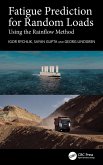
Gebundenes Buch
Using the Rainflow Method
22. Mai 2025
Taylor & Francis Ltd
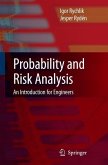
Broschiertes Buch
An Introduction for Engineers
Softcover reprint of hardcover 1st ed. 2006
12. Februar 2010
Springer / Springer Berlin Heidelberg / Springer, Berlin
978-3-642-06346-6
| Gebundenes Buch | 117,69 € | |
| eBook, PDF | 65,95 € |
Gebundenes Buch
An Introduction for Engineers
2006
2. August 2006
Springer / Springer Berlin Heidelberg / Springer, Berlin
10996744,978-3-540-24223-9
117,69 €**
65,95 €
**Preis der gedruckten Ausgabe (Gebundenes Buch)
Sofort per Download lieferbar
VersandkostenfreiÄhnliche Artikel
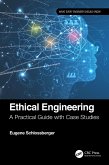

Gebundenes Buch
The Best Investment Guide That Money Can Buy
Thirteenth
3. Januar 2023
Norton
345113


Gebundenes Buch
The Evolution of Red Tractors and Crawlers in the Golden Age of International Harvester
31. Oktober 2023
Octane Press
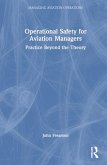
Gebundenes Buch
Practice Beyond the Theory
28. November 2024
Taylor & Francis

Gebundenes Buch
27. Oktober 2022
Creative Media Partners, LLC
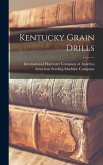
29,99 €
Versandfertig in über 4 Wochen

Gebundenes Buch
The Authoritative Guide to International Harvester and Case Ih Combines and Harvesting Equipment
2nd edition
19. Juli 2021
Octane Press
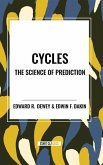

Ähnlichkeitssuche: Fact®Finder von OMIKRON
